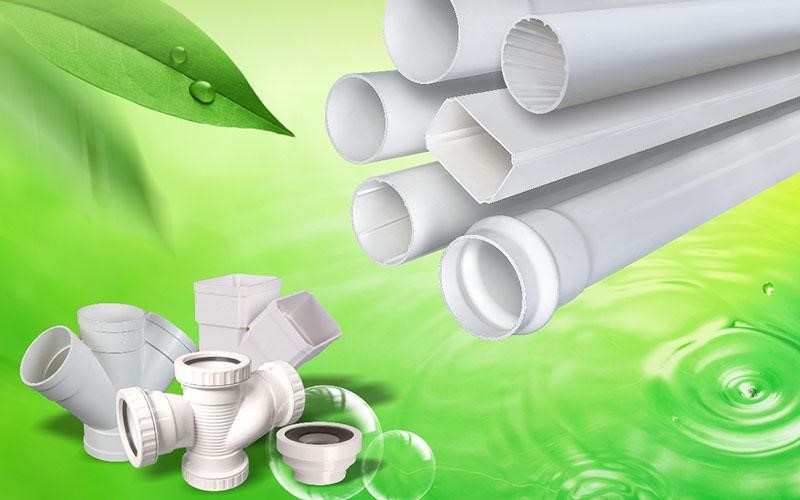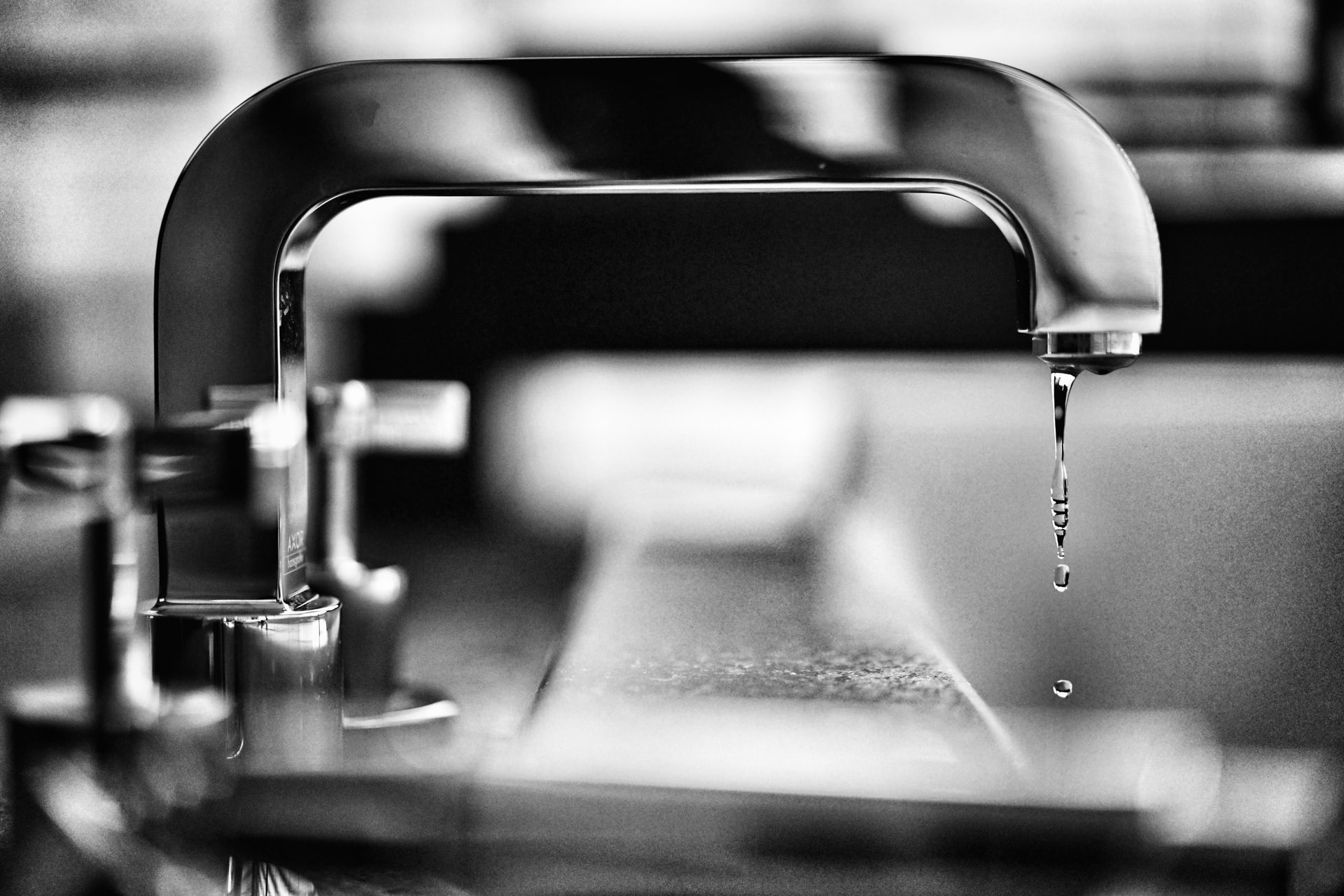Tips on How to Opt for Eco-Friendly Plumbing Materials
Tips on How to Opt for Eco-Friendly Plumbing Materials
Blog Article
This article in the next paragraphs about Plumbing Tips Sustainably Saving the Environment is really informative. Give it a go and draw your own results.

Think about the Product's Life-span
Select plumbing products that supply durability and longevity. Longer-lasting products indicate less substitutes, minimized waste, and reduced long-lasting environmental influence. As an example, copper and stainless-steel are both highly sturdy and 100% recyclable, which aids reduce waste.
Evaluate the Manufacturing Process
Seek items manufactured through eco-friendly procedures. This consists of products like actors iron or copper, which can be generated with a reasonably low ecological impact contrasted to plastics that require chemical-intensive production processes.
Prioritize Water Performance
Choosing water-efficient fixtures, such as low-flow bathrooms, faucets, and showerheads, is crucial. These components reduce water usage, which not only lowers your water costs yet also reduces the energy eaten in water home heating and lowers the stress on sewer treatment centers.
Choose Non-Toxic Products
Avoid materials that seep chemicals right into the water. Copper and PEX are generally non-toxic, however it is very important to ensure that any type of plastic elements do not include damaging chemicals like BPA or phthalates, particularly for alcohol consumption water lines.
Think About the Energy Required for Water Heating
Select pipes formats and products that lower the power required for home heating water. Protecting your hot water pipes and choosing efficient system formats can considerably lower the energy used, thus reducing your home's overall carbon impact.
Select In Your Area Sourced Materials
Making use of locally sourced materials can minimize the carbon emissions related to transportation. Additionally, sustaining neighborhood businesses assists promote a sustainable regional economy.
Examine End-of-Life Disposal
Consider the recyclability and biodegradability of pipes products. Metals like copper and steel are usually recyclable, while some plastics and rubbers might not be, contributing to land fill waste. Understanding the lifecycle of the materials you select can aid in making a more sustainable decision.
Seek Accreditations
Look for products with environmental certifications. Qualifications like EPA's WaterSense, GREENGUARD, or Cradle to Cradle (C2C) indicate that items meet rigid environmental criteria throughout their lifecycle.
Check for Recycled Material
Pick products that contain recycled content. Lots of steel plumbing products, like those made from copper and stainless steel, typically include a significant percent of recycled products. PVC and PEX can also contain recycled plastics, though their total environmental influence may be higher because of their production and disposal procedures.
Conclusion
Picking eco-friendly pipes materials includes considering the durability, recycled material, making process, water and energy performance, poisoning, sourcing, disposal, and certifications of the items. By making informed choices, property owners can substantially lower their ecological influence while making certain the efficiency and longevity of their pipes systems.
Eco-Friendly Plumbing Products
A CASE FOR ECO-FRIENDLY PLUMBING PRODUCTS
With a shifting market that emphasizes eco friendliness and green energy initiatives, it is critical as a plumber to keep updated with the newest sustainable technology. Certain certifications and traits mark products as being ‘eco-friendly,’ but it is important to be able to explain to your customers exactly how and why these products are so vital towards a greener home and sustainable future. Water-saving and energy-saving technology can benefit both your reputation, profit and the environment. This article looks at the latest sustainable plumbing products and solutions with the lowest environmental impact. This includes water heaters, shower heads, faucets, toilets and chemicals.
BENEFITS OF PROMOTING ECO-FRIENDLY PLUMBING PRODUCTS
Plumbers are given the unique opportunity to be able to both market environmentally friendly products to customers and install such products to improve home efficiency. Further, your company can also improve energy and water efficiency within its own office and be a model example of sustainability in the plumbing industry. For this reason, emphasizing the use of eco-friendly plumbing products is paramount in conserving water within your area. The benefits of promoting and using eco-friendly plumbing products also include :
Helping to conserve water and energy in your area Protecting water supplies and the environment from harsh, toxic chemicals Differentiating your business and improving your reputation Elevating your brand as a green business Attracting new eco-conscious customers and employees CHALLENGES
Navigating and making the switch to the latest water-saving products and technology poses some challenges and some questions to ask yourself:
Researching the latest products takes time – Who on your team will oversee this? Switching to water-saving products can be expensive – How will this impact your customers? Some customers may be hesitant to change their current setup – How will you educate on the benefits of these products? With new and updated products being released so quickly, it can be laborious scouring the internet to find exactly what you’re looking for. The fact of the matter is, you don’t have to sit down and study all the sustainable products on the market today. If you’re looking for a quick shortcut to green tech and appliances, look for those with a WaterSense or an Energy Star label, which I will touch upon again later.
When introducing your customers to the following brands of sustainable products, be sure to emphasize how these products will decrease their monthly water bill and have a positive impact on the larger community.
TANKLESS WATER HEATERS
18% of the average US home’s energy use goes towards powering a water heater. Needless to say, this is a waste of both money and energy. Homes that use less than 41 gallons of hot water a day can see a 24-34% increase in energy efficiency if they choose to switch to a tankless heater. Those who use around 86 gallons of hot water per day can still see a considerable increase in efficiency, around 8-14%, when switching to a tankless heater.
Here are the main benefits of switching to tankless water heaters:
Improved energy efficiency Lower electric bill Less required space to operate Reduced maintenance Faster, more available hot water Prolonged product lifespan Longer warranties The average tankless heater produces around 2-5 gallons of hot water per minute. Gas heaters are more efficient than electric ones, producing more hot water at a faster pace. The one striking issue with heaters involves how fast this hot water can be produced. Using multiple appliances that each require hot water simultaneously may stretch the water thin, seeing that one single tankless heater may not be able to keep up with a large demand of hot water. This can easily be remedied by installing two parallel heaters.
If you’re looking to buy the most energy efficient tankless heaters, a great place to start is by looking for Energy Star certified heaters. Energy Star certifications indicate that these products are 75% more energy efficient than similar products nationwide.
WATER-SAVING FAUCETS AND SHOWER HEADS
The average American family can waste up to 180 gallons of water per week. Our water habits can prove to be both wasteful and inefficient, negatively impacting the local water supplies and our wallets. If you were to install water efficient appliances all throughout your home, you can increase your water efficiency by up to 20%. Let’s start by looking into faucets and shower heads.
The trusted WaterSense label indicates a given product to be 20% more water efficient than other similar products while performing at the same rate. If you were to replace inefficient faucet heads with smart WaterSense faucets, you could save up to $250 in electricity and water costs throughout the time said faucet is in use. Switching to a WaterSense shower head can save an average home up to 2,700 gallons of water per year, reducing its average electricity and water costs by $70. This stat specifies water savings of the average household, so imagine the savings from installing WaterSense fixtures throughout your business.
LOW FLOW TOILETS
The average toilet uses around 5-7 gallons of water per flush but a low flow model can use as little as 1.28 gallons to get the job done. Switching to highly efficient, low flush toilets can decrease your water usage between 20-60%. WaterSense low flow toilets can save up to 13,000 gallons of water per year and $130 worth of water per year for the average household. This is equal to $2,900 in savings over the appliance’s lifetime.
SUSTAINABLE PLUMBING CONCLUSION
Improving water and energy efficiency either onsite within your own business and facility or through promoting eco-friendly plumbing products to your customers is significant to water and energy conservation efforts and your role as a sustainable company. It is pertinent that plumbers educate customers on the benefits of water and energy conservation and how to navigate today’s eco-friendly products. Educating and encouraging your customers to make the more sustainable choice can have a big positive impact on communities and the environment at large. Every business should do their part in creating a more sustainable world.
https://www.greenbusinessbenchmark.com/archive/eco-friendly-plumbing-products

Do you appreciate reading up on What to Know About Eco-Friendly Plumbing Fixtures? Post a comment directly below. We'd be pleased to find out your responses about this blog posting. We hope that you come back again in the near future. So long as you liked our post if you please make sure you remember to pass it around. Thanks for going through it.
Book Services Report this page